
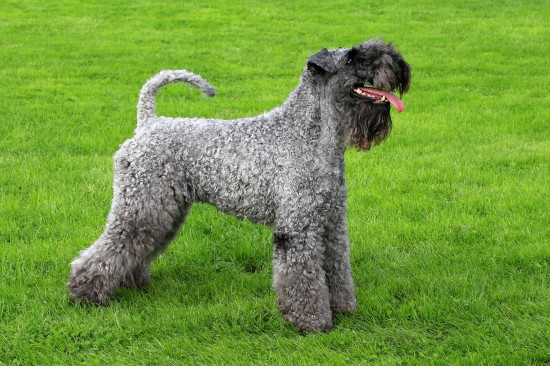
The Kerry blue terrier is also sometimes referred to as the Irish blue terrier, and was originally developed as a working breed to help to control vermin such as rats and rabbits. Later, the breed became widely used in a range of other working roles, including as a herding dog and guard dog for farms. Today, the breed is most widely owned as a pet and companion, but the breed as a whole has rather fallen in popularity over the last thirty years. While the breed is not classed as at risk of dying out, it is fair to say that the Kerry blue terrier is certainly not as popular today as it has been historically.
The Kerry blue terrier has a deep chest, long head and soft coat that can range from wavy to curly. Puppies of the breed are born all black in colour, and develop the blue coat for which the breed is known as they reach maturity. The coat of the breed is very fine in texture, and more similar to human hair than genuine fur. It does not have an undercoat, and does not shed heavily, growing at a uniform rate all year round. This means that dogs of the breed need to be brushed and groomed regularly, to keep the coat in good condition.
The Kerry blue terrier can stand up to 19” tall at the withers and weigh up to 15kg, with males of the breed generally being larger than females.
If you are wondering if the Kerry blue terrier is the right choice of dog for you, plenty of research is necessary in order to make an informed decision to buy. In this article, we will look at the average longevity and hereditary health of the breed in more detail. Read on to learn more.
The average lifespan of the Kerry blue terrier is 12-15 years, which is higher than the average across the board for all dog breeds of a similar size and build. This indicates that the Kerry blue tends to be a robust and healthy dog, and not one that is apt to developing minor ills or a wide range of health problems.
The coefficient of inbreeding statistic for the Kerry blue terrier breed is 13.2%, which is significantly higher than the 6.25% or lower that is considered to be the ideal for pedigree dog breeds. This reflects the fact that the Kerry blue terrier is not owned in great numbers, and as such, the gene pool for the breed as a whole is rather small. Kerry blue terrier breeders are advised to reduce the coefficient of inbreeding statistic for their own breed lines where possible.
The body shape and general build of the Kerry blue terrier is considered to be balanced and healthy, and not apt to cause any particular problems for the dog in and of itself. However, the ears are prone to an excess of hair growth, which should be trimmed to ensure that excessive wax build up does not interfere with hearing or lead to infections.
The long hair of the face also tends to fall across the eyes of the dog, and this may require trimming as well.
The British Veterinary Association and Kerry blue terrier breed organisations have identified a hereditary predisposition to certain health conditions in some breed lines, and these conditions should be tested for in parent dogs prior to breeding. Such conditions include:
As well as the conditions mentioned above, the Kerry blue terrier breed is also known to have an elevated propensity to certain other health conditions, but not at a high enough rate that pre-breeding screening is usually indicated. Such conditions include:
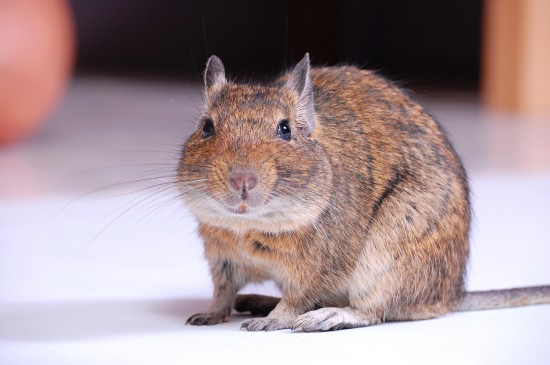 Feeding Your Degu
Feeding Your Degu
Feeding Your Degu
Feeding Your Degu
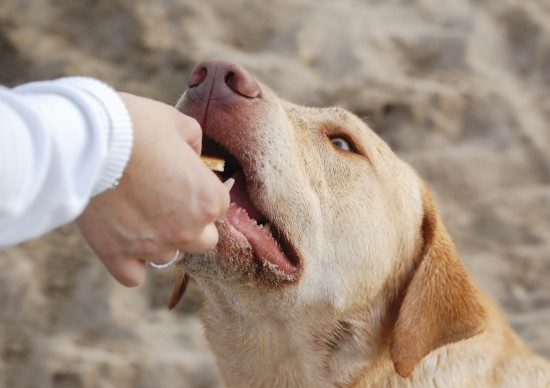 10 Ideas For Substituting Popular Dog Treats For Healthier Versions
10 Ideas For Subs
10 Ideas For Substituting Popular Dog Treats For Healthier Versions
10 Ideas For Subs
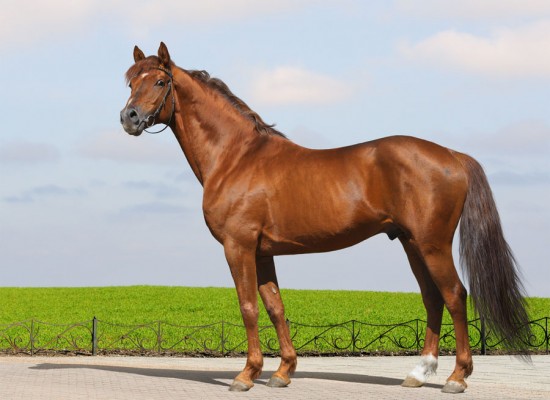 The Conformation Of The Horse
The Conformation
The Conformation Of The Horse
The Conformation
 Cavapoo Genetic Diversity And Hereditary Health
Cavapoo Genetic D
Cavapoo Genetic Diversity And Hereditary Health
Cavapoo Genetic D
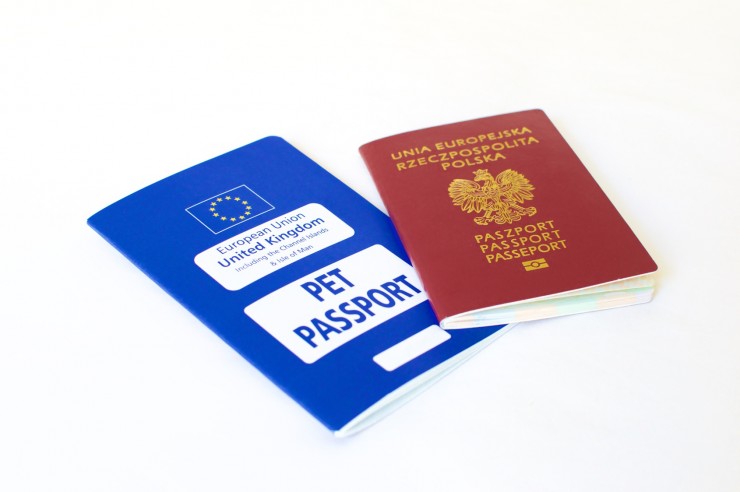 Dogs Trust Exposes Puppy Smuggling Scandal And Flaws In The Pet Passport Scheme
Dogs Trust Expose
Dogs Trust Exposes Puppy Smuggling Scandal And Flaws In The Pet Passport Scheme
Dogs Trust Expose
Copyright © 2005-2016 Pet Information All Rights Reserved
Contact us: www162date@outlook.com